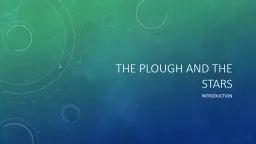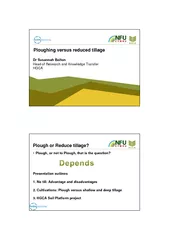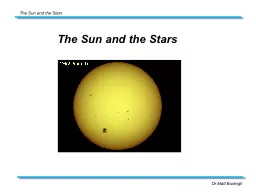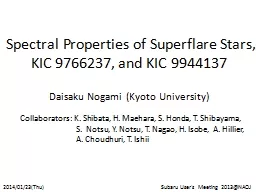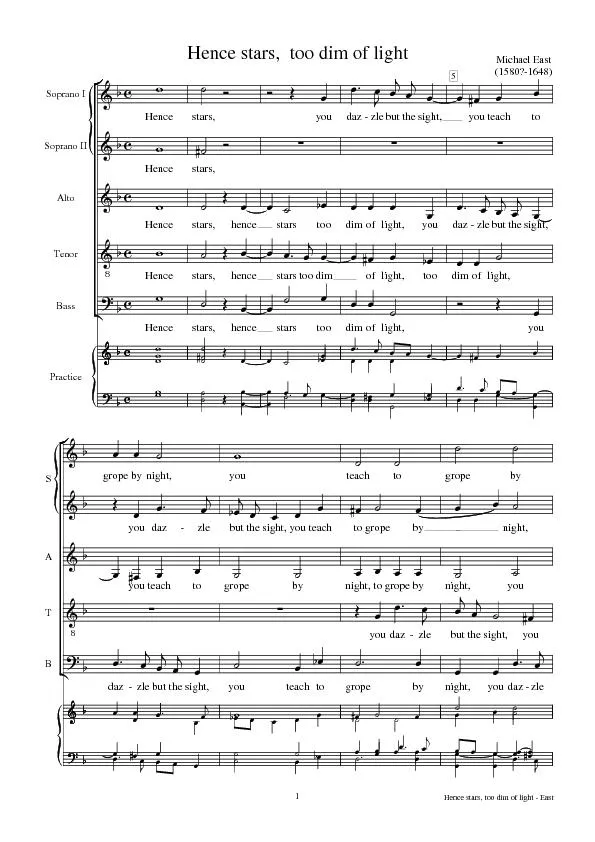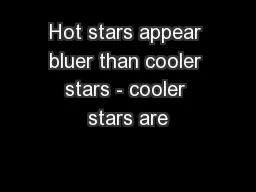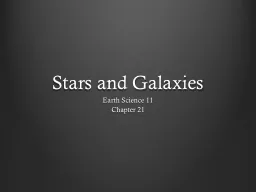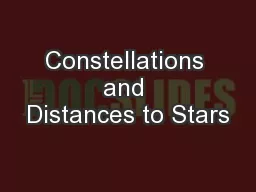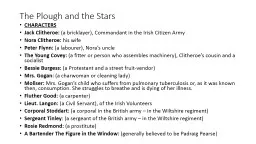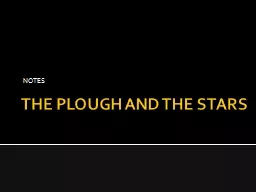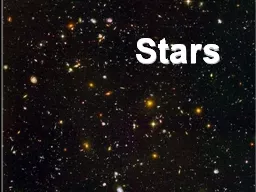PPT-The Plough and the stars
Author : calandra-battersby | Published Date : 2017-10-25
Introduction Characters Jack Clitheroe a bricklayer Commandant in the Irish Citizen Army Nora Clitheroe his wife Peter Flynn a labourer Noras uncle The Young
Presentation Embed Code
Download Presentation
Download Presentation The PPT/PDF document "The Plough and the stars" is the property of its rightful owner. Permission is granted to download and print the materials on this website for personal, non-commercial use only, and to display it on your personal computer provided you do not modify the materials and that you retain all copyright notices contained in the materials. By downloading content from our website, you accept the terms of this agreement.
The Plough and the stars: Transcript
Download Rules Of Document
"The Plough and the stars"The content belongs to its owner. You may download and print it for personal use, without modification, and keep all copyright notices. By downloading, you agree to these terms.
Related Documents

